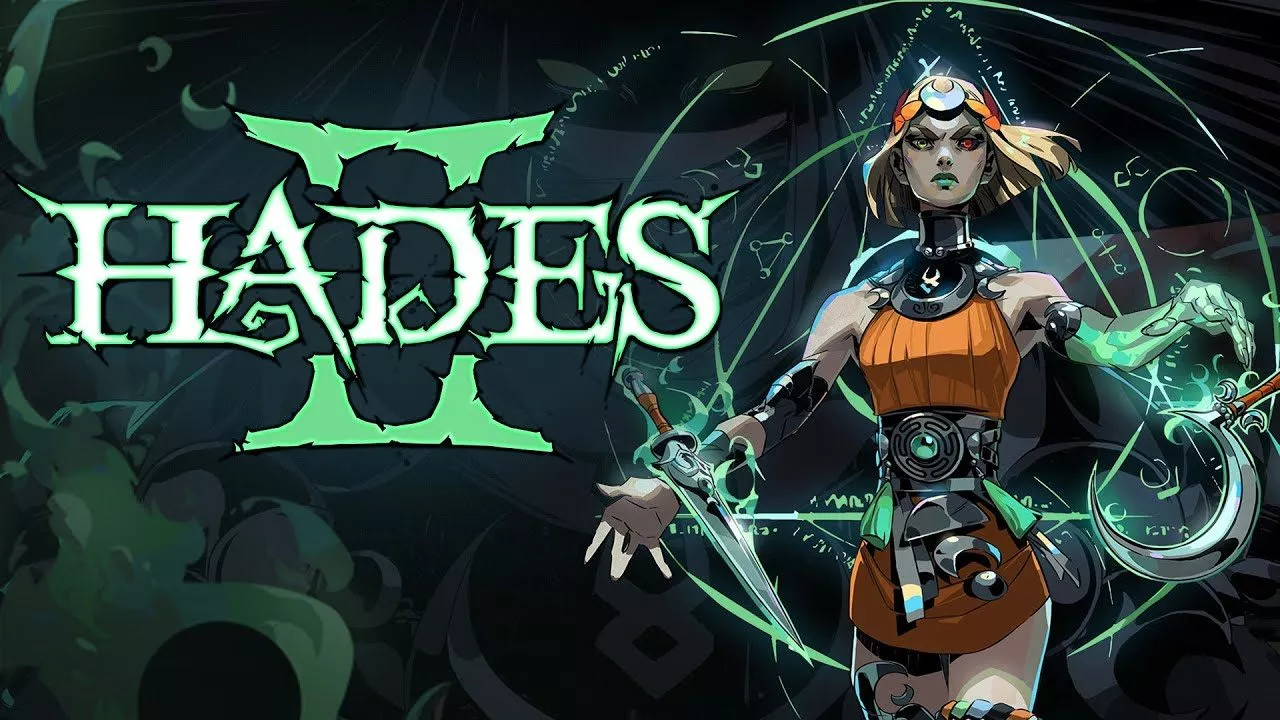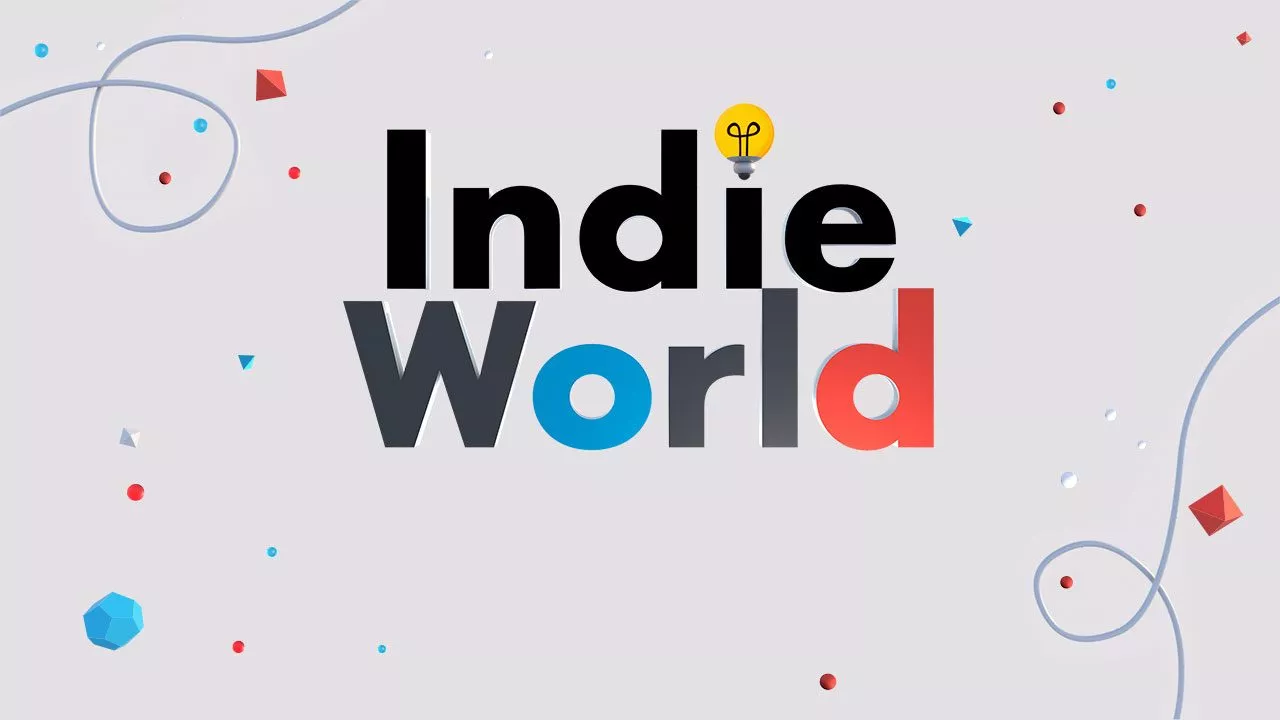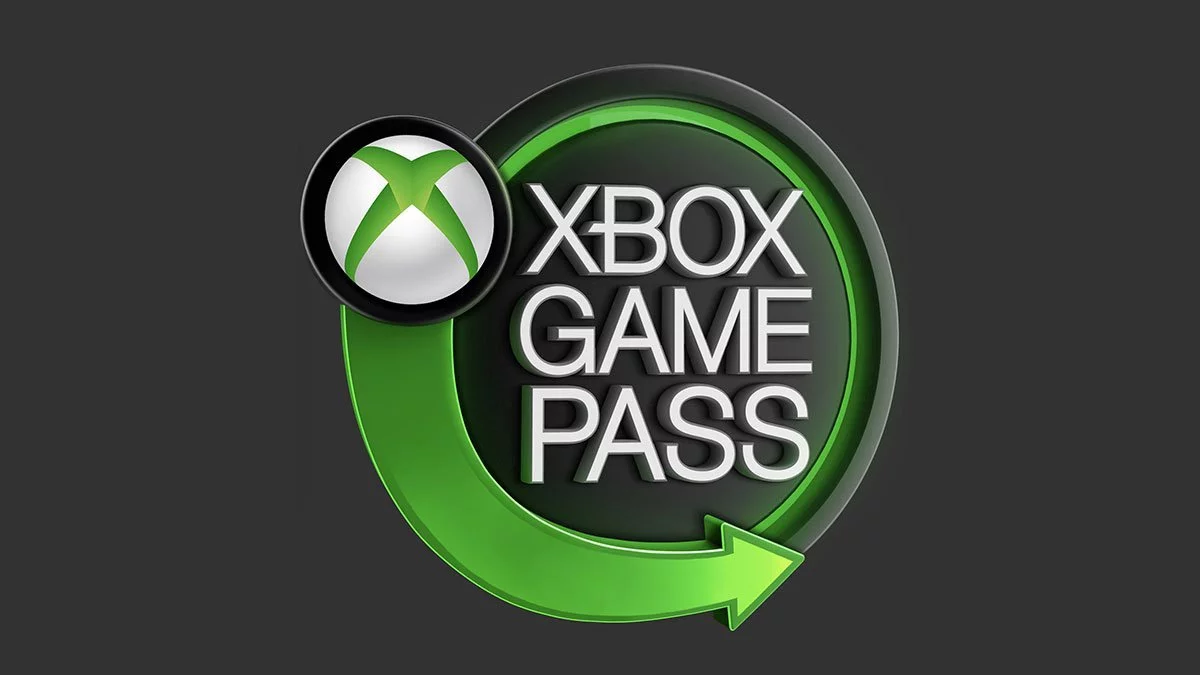The Animal Crossing series of games is difficult to place into a clear category. It’s not exactly a life sim game, it doesn’t quite sit in the farming genre, and if you’ve ever played a fishing game (why, why, why) it doesn’t really fit there either. If I had to try and describe it, I’d say it’s like Pokémon – except instead of collecting fighting monsters, you’re hoarding matching furniture sets and silly hats.
The newest title in this series is Animal Crossing: New Leaf, the first to arrive in Nintendo’s current generation of game systems. Much like previous titles in the series, you begin the game as a penniless, newly-arrived human in a town populated by giant talking animals. You’ll be provided living quarters by the ruthless real estate baron-slash-raccoon Tom Nook, and set about repaying him increasingly large loans to slowly transform your humble shack into a palatial mansion, all whilst becoming a fearsome collector of random junk to fill each room to the brim.
The twist in New Leaf is that upon your arrival, you’re mistaken for the town’s new mayor – a mistake the villagers acknowledge, but happily ignore and soon forget. On top of your homeowner duties, this then leaves you with the task of expanding and developing your town into a bustling metropolis of shops, festivals, impressive monuments and streetlamps that somehow cost almost 40,000 dollars per unit. You’re also able to enact town ordinances, affecting how the town and its inhabitants behave. For instance, my town – Ponkus – has the Night Owl ordinance in effect. This means that shop opening times and villager hours of activity are skewed later in the day/evening, to work more comfortably with an evening gamer like myself. It’s a handy little inclusion that makes sure the game can cater to your style of play, without needing to change what time the game thinks it is.
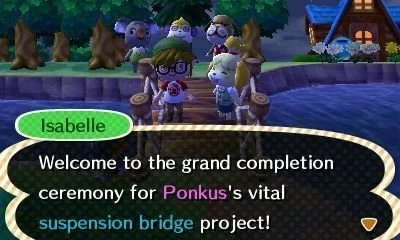
The major challenge in New Leaf is the amount that it costs to get things done: it’s a lot. This isn’t a new thing for the Animal Crossing series, and in part this is to help you have a consistent set of goals to work towards. If you start to think about it too hard though, you’ll find yourself boggling at the oddly lopsided economy these animals live in. A fridge costs around 2,000 Bells, sure. A park bench project? 40,000. At the same time however, if you play your cards right you can sell a single apple for 3,000. I found it best not to scrutinise it too deeply. The more worrying fact is that every city planning project will be largely funded out of your own pocket. Villagers are happy to contribute paltry amounts towards the overall goal, but you’ll still find yourself doing the heavy lifting. I mean, did this town not have any kind of civil budget? How did they keep things running before you arrived on the train? No wonder they so eagerly claim any old person to be their new leader.
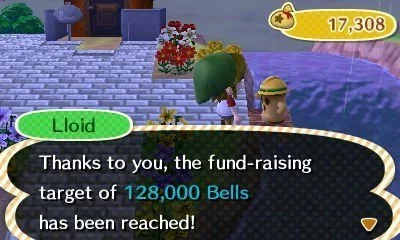
New Leaf also features new gameplay elements beyond those carrying over from earlier entries in the series, such as a diving suit that allows you to swim and collect deep-sea life and a tropical island to visit featuring unique fruits and wildlife. The island, now home to recurring Animal Crossing mayor character Tortimer, also features a selection of mini-games to play revolving around the game’s various gameplay mechanics. Playing these earns you Medals, allowing you to purchase special island-themed merchandise not available in your regular town. Additionally, you also have the ability to buy fortune cookies from the town store using the 3DS’ Play Coins, one of very few instances I’ve seen of these actually being used in the game. Each fortune cookie contains a message that is a thinly- veiled reference to a Nintendo franchise, and when traded in gives you an exclusive Nintendo-themed item. These include things like outfits themed after Link or Samus, decorative furniture based on Mario powerups, and even a fake nose and ‘stache to make you look like the red-shirted plumber himself.
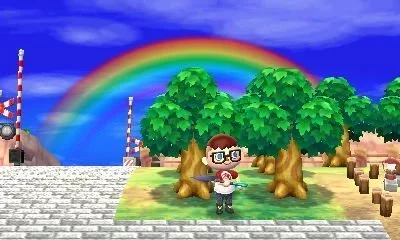
Once you’ve hung out with another player you have the option to list them as one of your best friends, letting you message each other even when you’re not in active multiplayer. This is handy for coordinating town visits, though it’s unfortunate you don’t have the option to best-friend someone just for being on your existing friends-list on the handheld itself. Nevertheless, it’s an impressive online setup for a portable gaming system – and a Nintendo one at that.
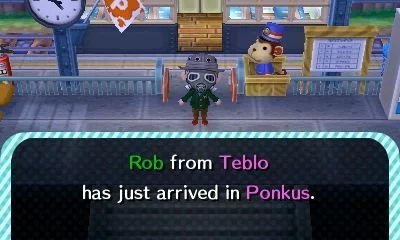
All in all, the game is a fun distraction. Much as I thought I’d tire of it quickly, I’ve found myself going back again and again. Different elements of the gameplay are unlocked over time, giving you reason to return. Whilst it does feel like a trickle-feed at time, it’s important to remember that Animal Crossing: New Leaf isn’t necessarily a game to play in long stretches. It’s a perfect title for a handheld system, letting you get just enough done in a few minutes to feel as though you’ve accomplished something. The brightly-coloured art style of the game really pops, without ever feeling too kiddie. Give it a shot, and see if you’ve got what it takes to be mayor.
This article may contain affiliate links, meaning we could earn a small commission if you click-through and make a purchase. Stevivor is an independent outlet and our journalism is in no way influenced by any advertiser or commercial initiative.



